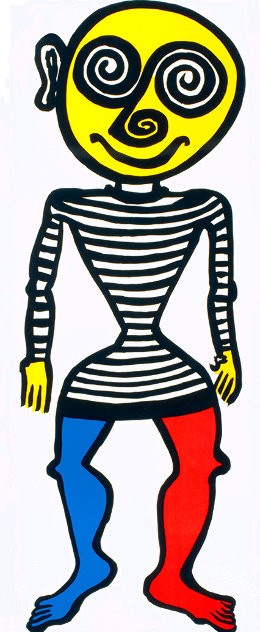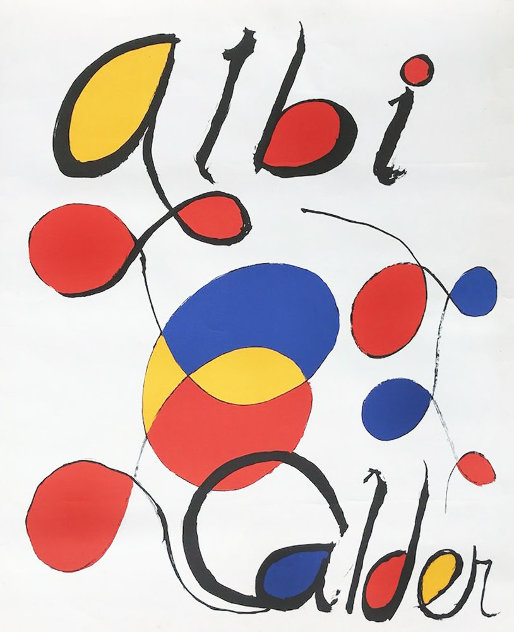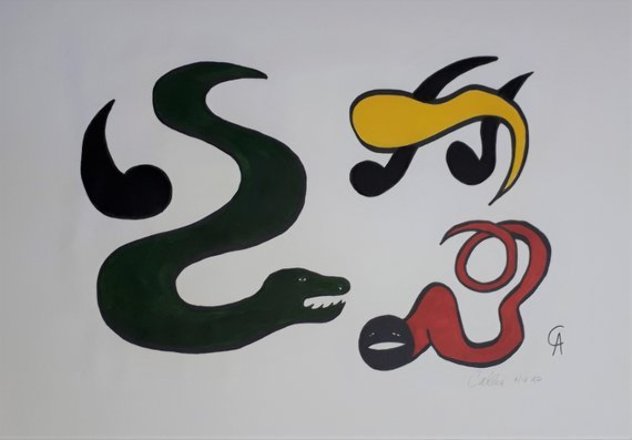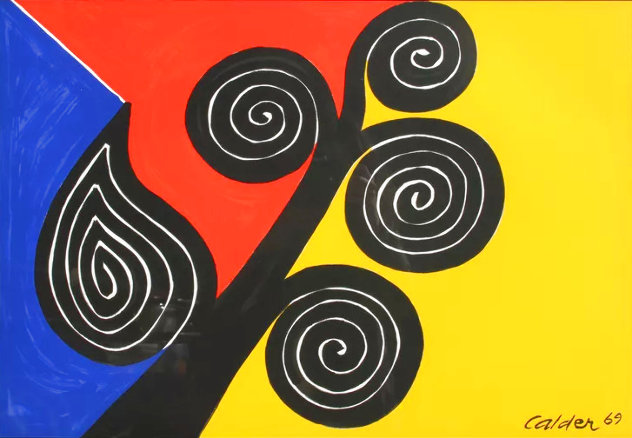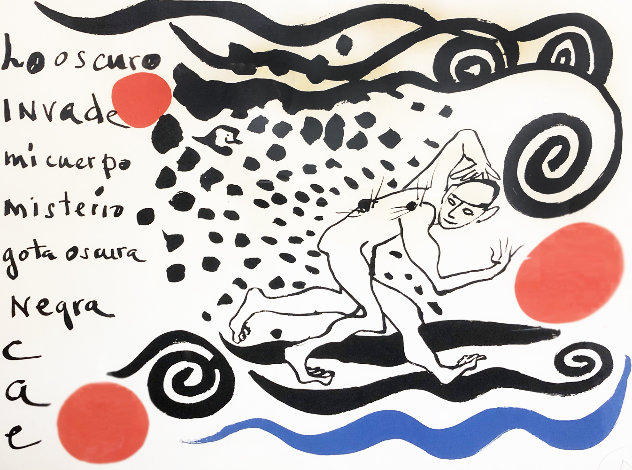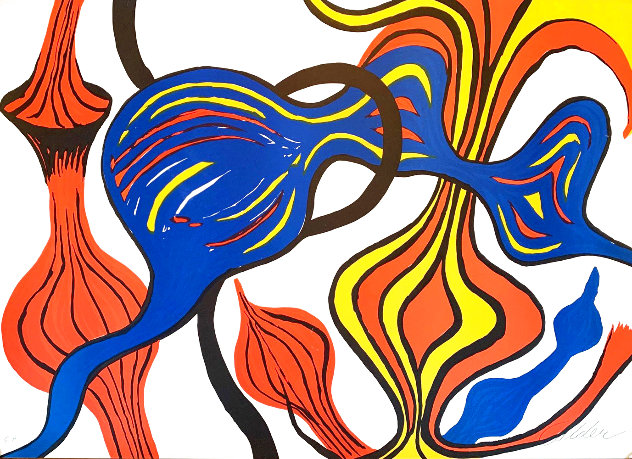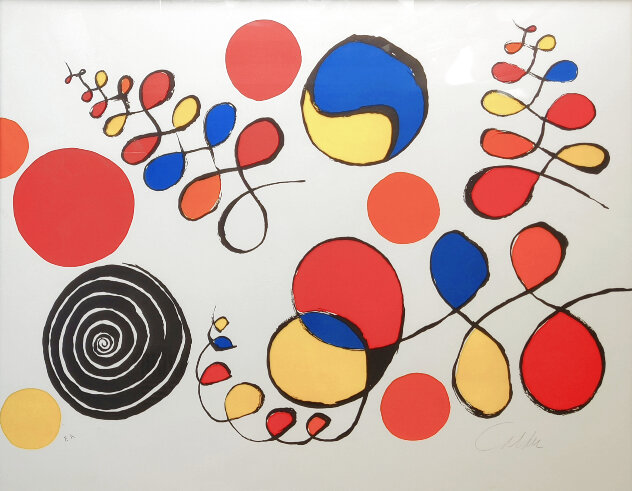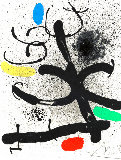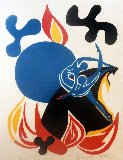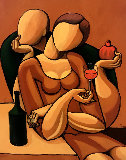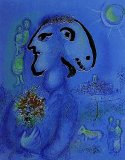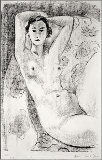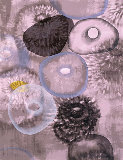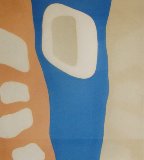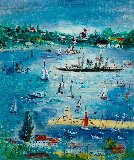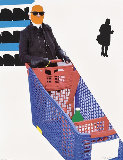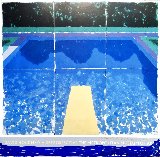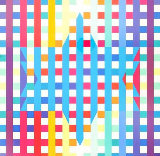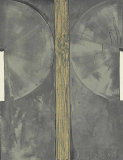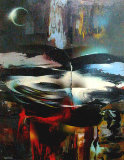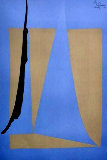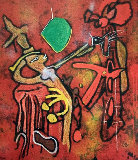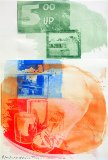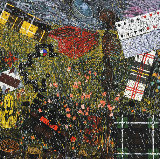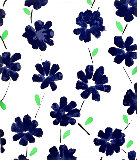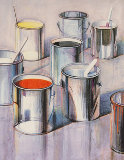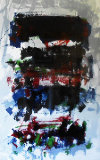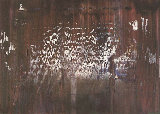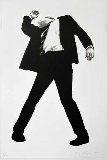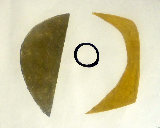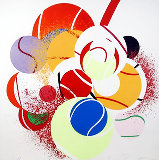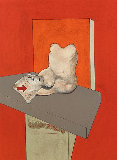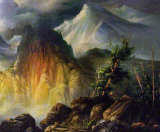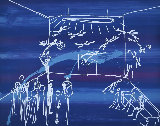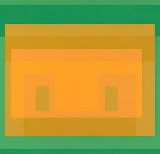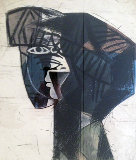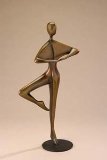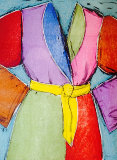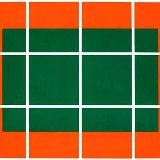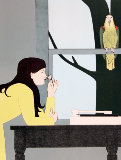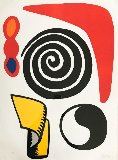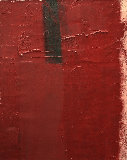



Sky Swirl 1974 (Braniff Airlines)
Alexander Calder
Limited Edition Print : Lithograph on Paper
Size : 20x26 in | 51x66 cm
Edition : Open Edition
Reduced
- 🔥Plate Signed Lithograph - Steal $1,400
Year1974
Plate SignedRight Side
Condition Excellent
Not FramedExcellent
Purchased fromDealer
Story / Additional Info30 October–2 November 1973
Calder’s commission from Braniff International Airlines, the DC-8 jet Flying Colors, makes its inaugural flight from Dallas with stops in Los Angeles, Chicago, Washington, D.C., Miami, and Latin America. Calder had painted parts of the jet directly on the plane.
Chronology
17 November 1975
Commissioned again by Braniff Airlines, Calder designs Flying Colors of the United States for the flagship of the airline’s United States fleet. The plane is dedicated by Betty Ford at Dulles International Airport, Washington, D.C. Calder flies back to Kennedy Airport, New York, where he is presented with the Bicentennial Medal of New York City. As with Flying Colors, Calder had painted parts of the jet directly on the plane.
Chronology
Certificate of AuthenticityArt Brokerage
LID155914
Alexander Calder - United States
Alexander Calder was an American Blue Chip artist best known for his mobiles and wire sculptures. His biomorphic forms recall the Surrealism of Joan Miró, with curved lines, geometric shapes, and soft angles. "My whole theory about art is the disparity that exists between form, masses, and movement," the artist once said. Born on August 22, 1898 in Lawnton, PA, Calder received a degree in mechanical engineering before turning to art in the 1920s, studying painting under George Luks and Boardman Robinson at the Art Students League in New York. Calder moved to Paris to continue his studies in 1926, where he was introduced to the European avant-garde through Marcel Duchamp, Jean Arp, and Fernand Léger. That same year, Calder embarked on arguably his most beloved piece, Cirque Calder (1931), a mechanized miniature circus that is performed before an audience. "I was very fond of the spatial relations," he said of his interest in the circus. "The whole thing of—the vast space—I've always loved it." Notably, it was his friend Duchamp that coined the term mobiles as a suggestion for an exhibition of Calder's work in 1932. During the following decades, along with his mobiles he also produced paintings and non-kinetic works. The artist lived in both Roxbury, CT, and France before his death on November 11, 1976 in New York, NY. Today, his works are held in the collections The Museum of Modern Art in New York, the National Gallery of Art in Washington, D.C., the Art Institute of Chicago, and the Tate Gallery in London. Listings wanted.

